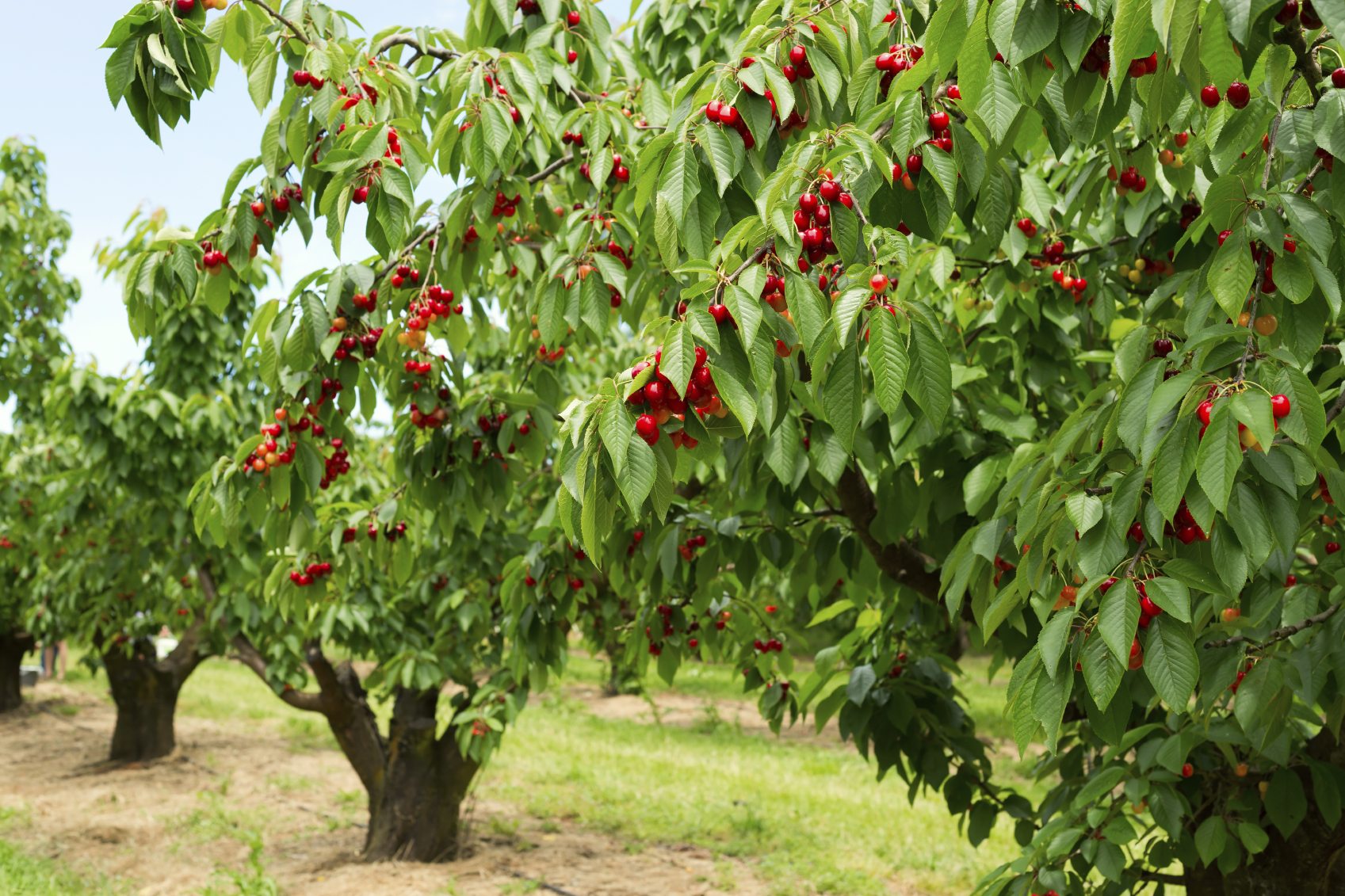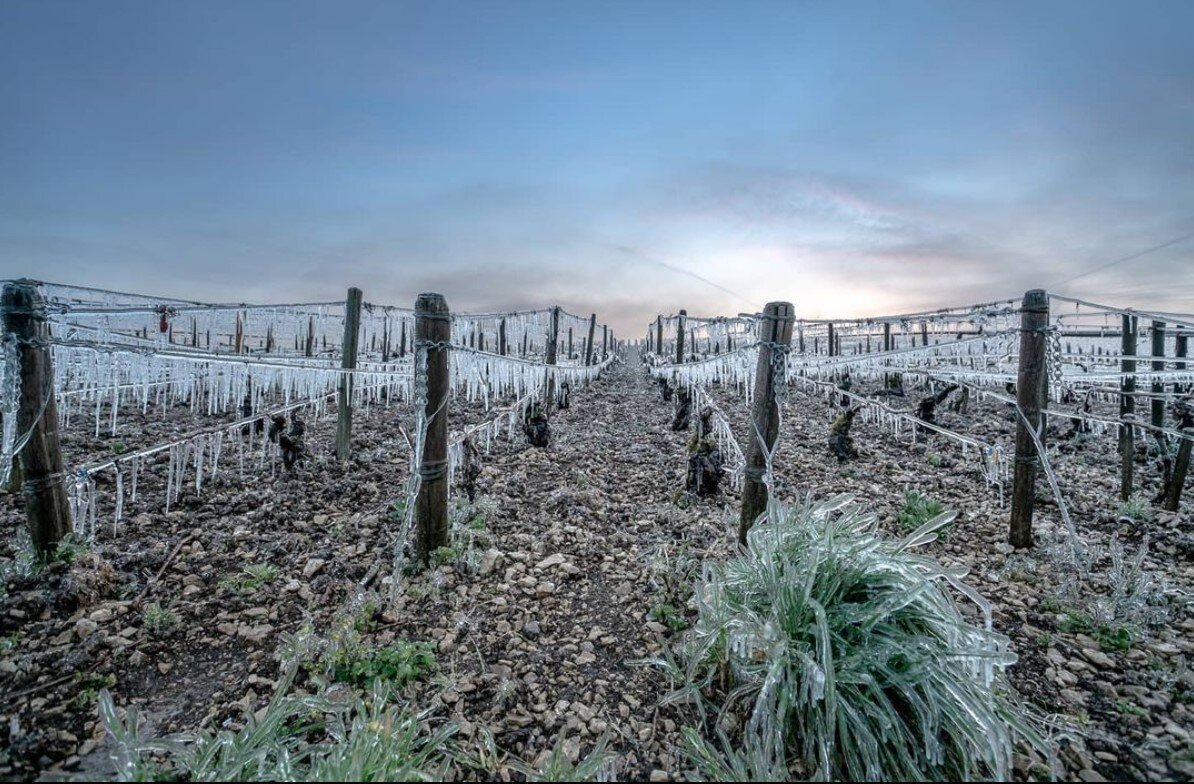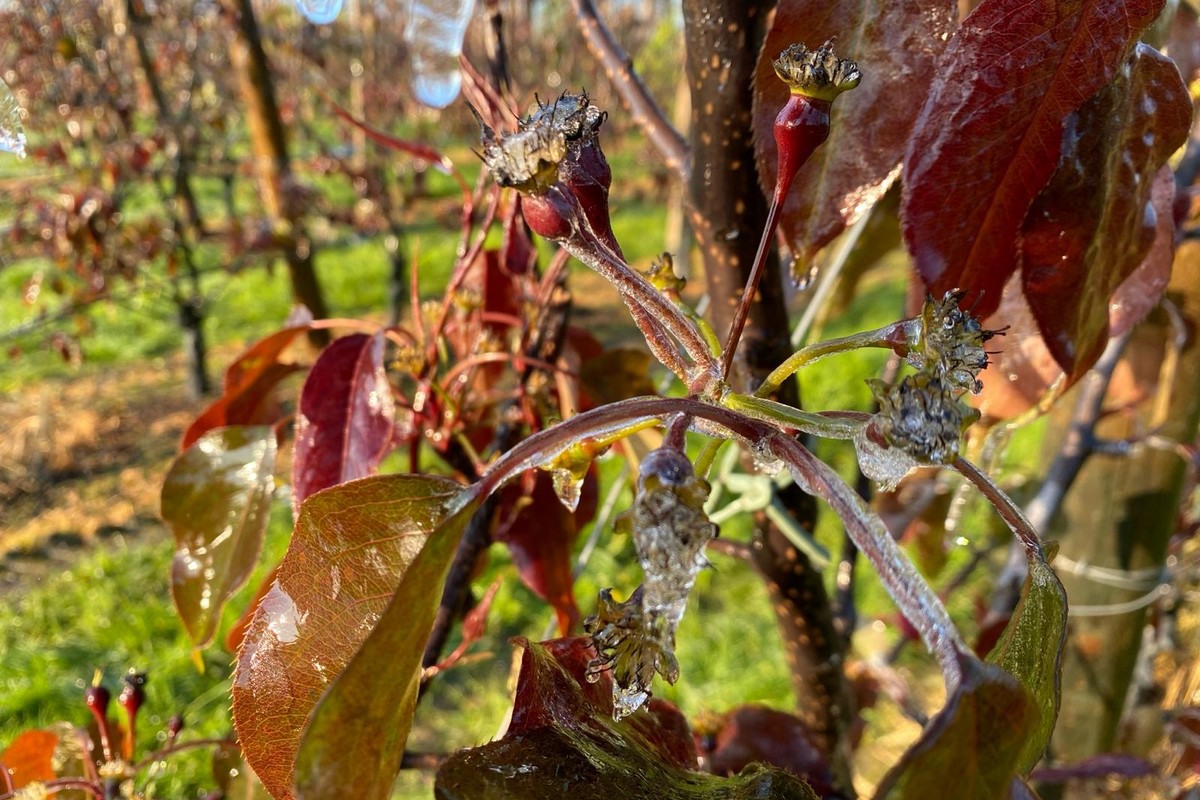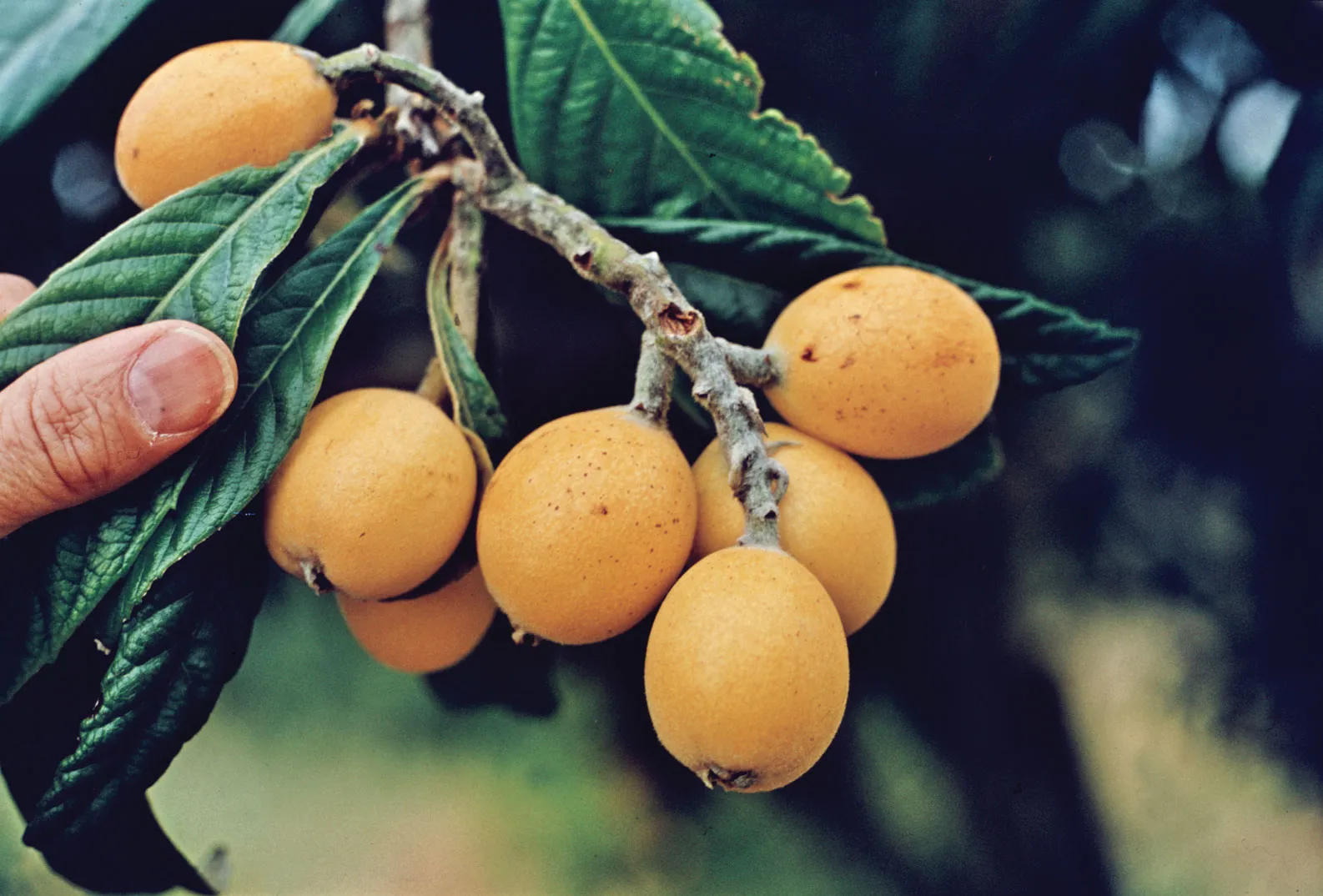Canada - Weather derivatives to mitigate weather risk to crops
24.11.2015 114 views
2024 AgroInsurance International Conference: New Partners and Agenda updates
26.02.20242024 AgroInsurance International Conference will take place on June 3-5, 2024 in Belgrade, Serbia, at the Hyatt Regency Hotel. Planet Labs (USA) and GAF AG (Germany) are sponsors of our conference. Agremo (Serbia) has been confirmed as the Organization Partner. More partners and sponsors to be announced in March 2024.

Spain - 30% of La Palma's banana production has already been lost due to the advance of the lava
14.10.2021More than three weeks after the Cumbre Vieja volcano erupted, the lava that continues to flow from its interior continues to devastate everything in its path, destroying houses, infrastructure, and banana plantations. The production of Platanos de Canarias is the economic engine of the island, accounting for 50% of its GDP and 30% of the jobs on the island.

EastFruit reports on frost impact on berry crops in Poland, Serbia, Ukraine
EastFruit analysts have conducted a thorough examination of the frost's repercussions on berry cultivation. As a reminder, the previous week concluded with numerous European nations reporting nocturnal air temperatures plummeting below the freezing point.

Ukraine - Influence of weather on sweet cherry harvest
Unpredictable weather patterns during the spring of 2024 are posing additional challenges for farmers in Ukraine. After an unusual period of high temperatures, a sudden drop in temperatures, some below freezing, has occurred in certain regions.

Taiwan - Late April showers cause over NT$11M in agricultural losses
The Ministry of Agriculture released a report on Tuesday (April 30) detailing the agricultural damage caused by late April's heavy rains, revealing losses amounting to NT$11.84 million.

USA - New noxious weed could wreak crop havoc
“It’s the new public enemy number one.” That describes the latest noxious weed to arrive in the Big Horn Basin — Palmer amaranth — in the words of Josh Shorb, supervisor of the Park County Weed and Pest Control District.

USA - How a Carthage vineyard combats late frost
Recent cold snaps in Southwest Missouri have threatened this year’s crops for many farmers. A late frost could decimate this year’s harvest – and it has. Murphy Orchard in Marionville, Mo. has reported 60-80% crop loss on this year’s peaches. Fortunately, they say their other crops escaped the frost unharmed.

USA - Southeast Michigan fruit update
Welcome to the third in-season fruit article update for southeast Michigan for the 2024 season. Throughout the season, these updates will include information about the weather in the past week and the upcoming week, a fruit-by-fruit guide to current conditions with appropriate pest and disease updates, and other relevant observations.

Belgium - In areas that had severe frost, the pears' cores have turned brown
The past ten nights were filled with anxiety for Belgian fruit growers. Wine grapes are being called a huge disaster due to frost. For apple and pear growers, though, the consequences seem to vary significantly by region.

Spain - Lack of rainfall causes Valencian loquat harvest to fall by 30%
The organization Unió Llauradora expects the loquat production in the Region of Valencia to amount to around 10,000 tons, which entails a 30% drop compared to the previous campaign (14,000 tons). This is primarily due to the lack of rainfall.



